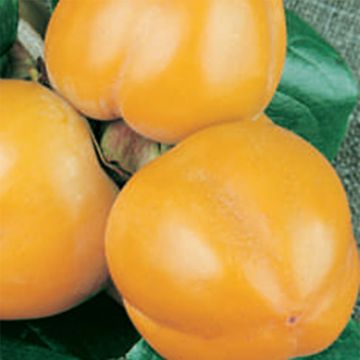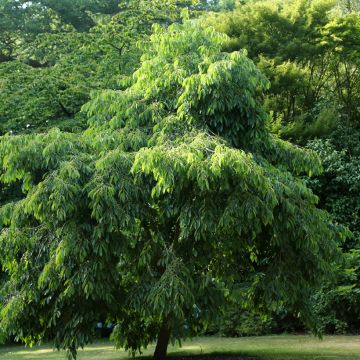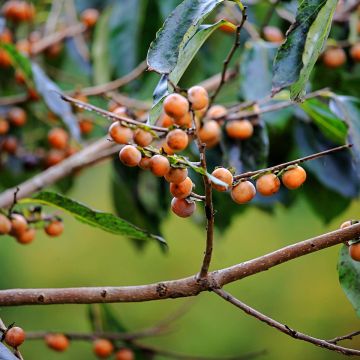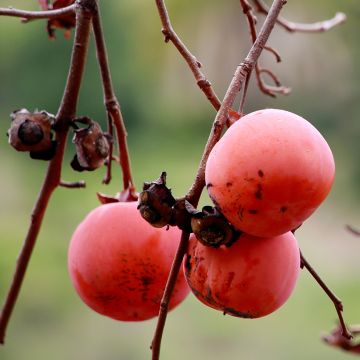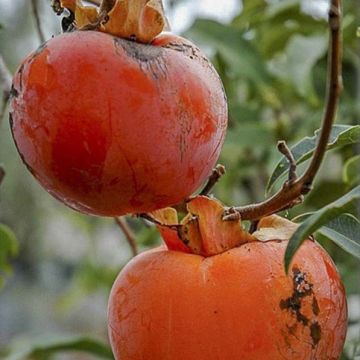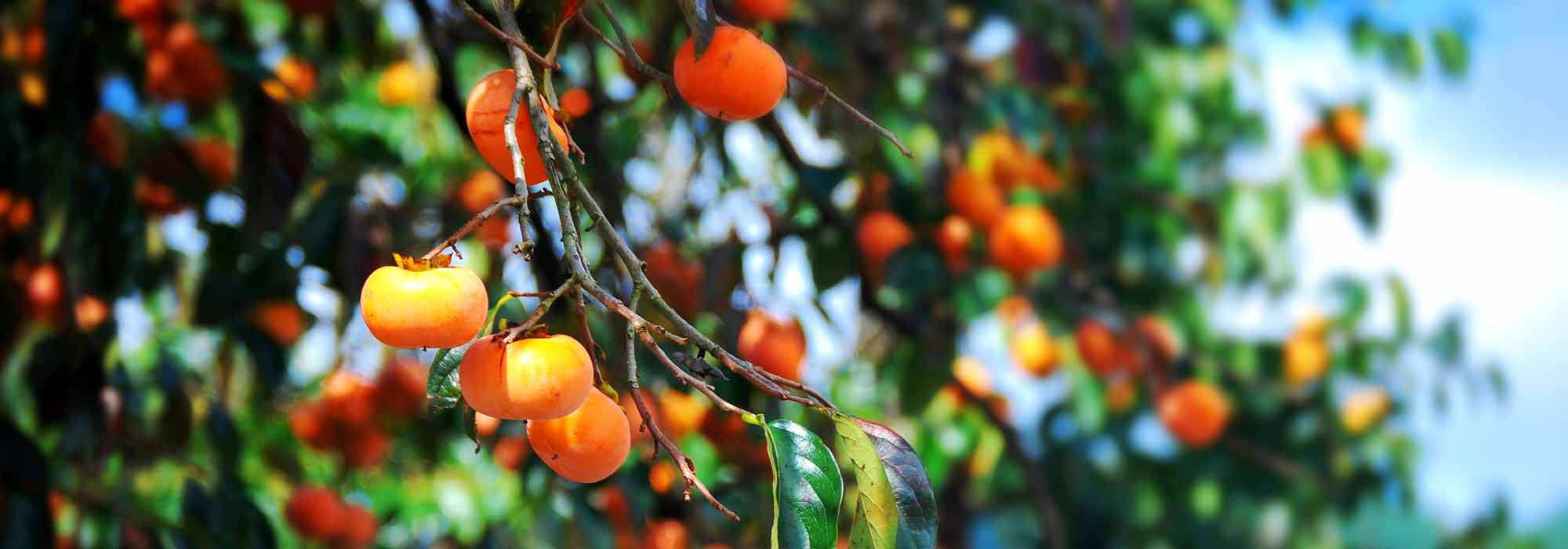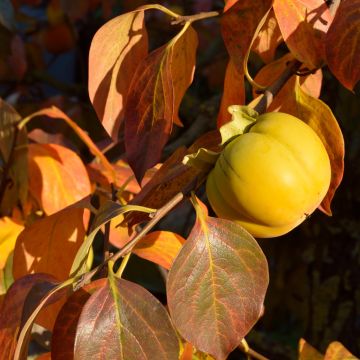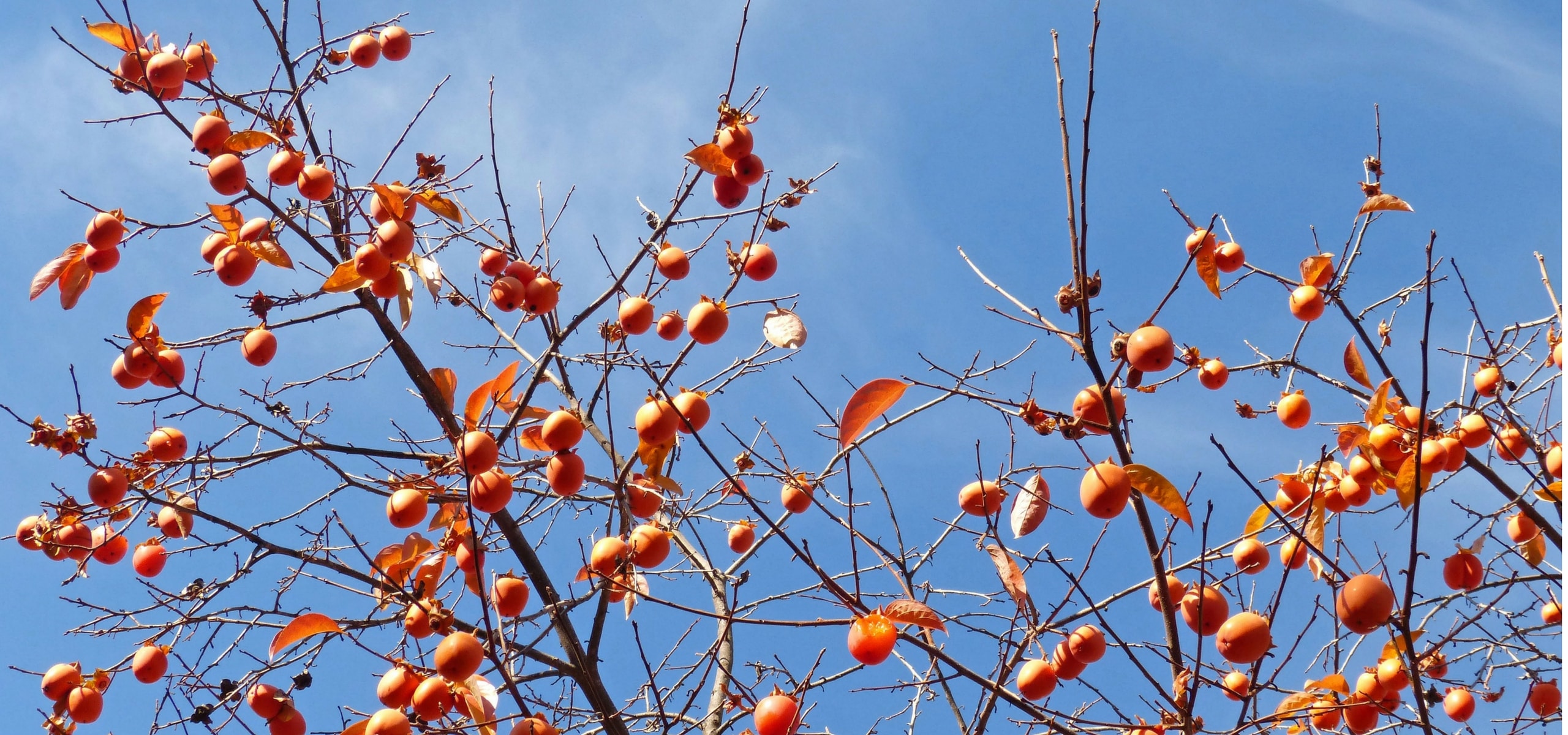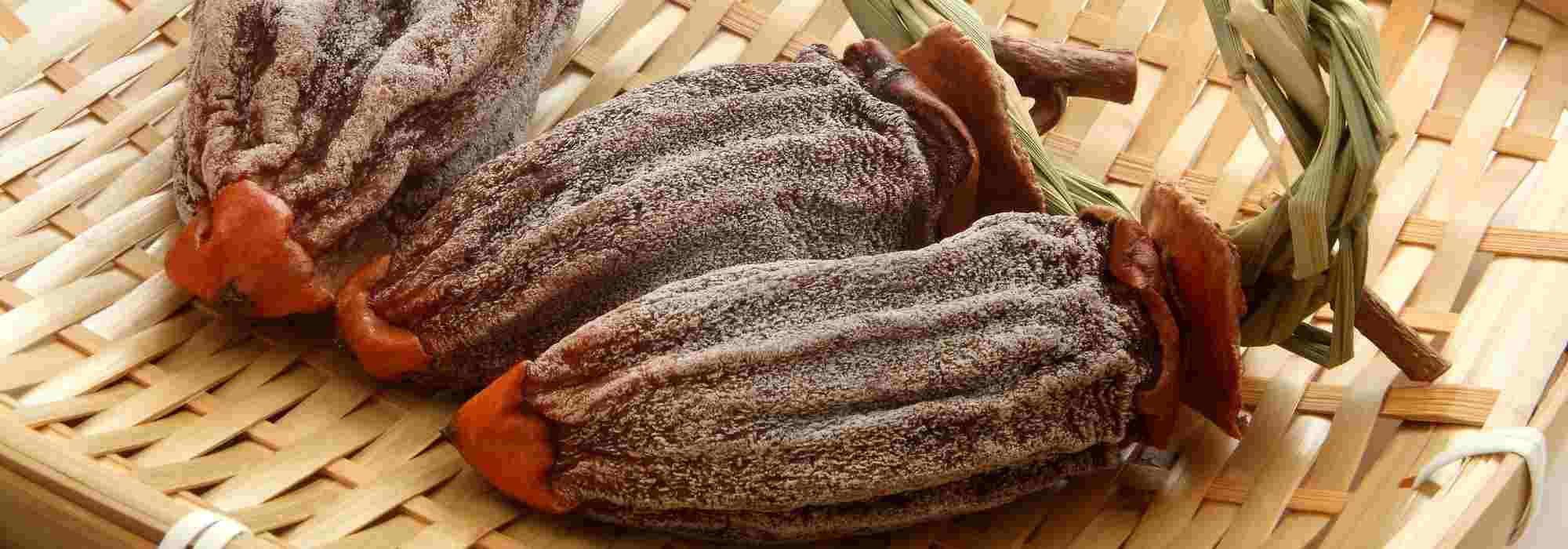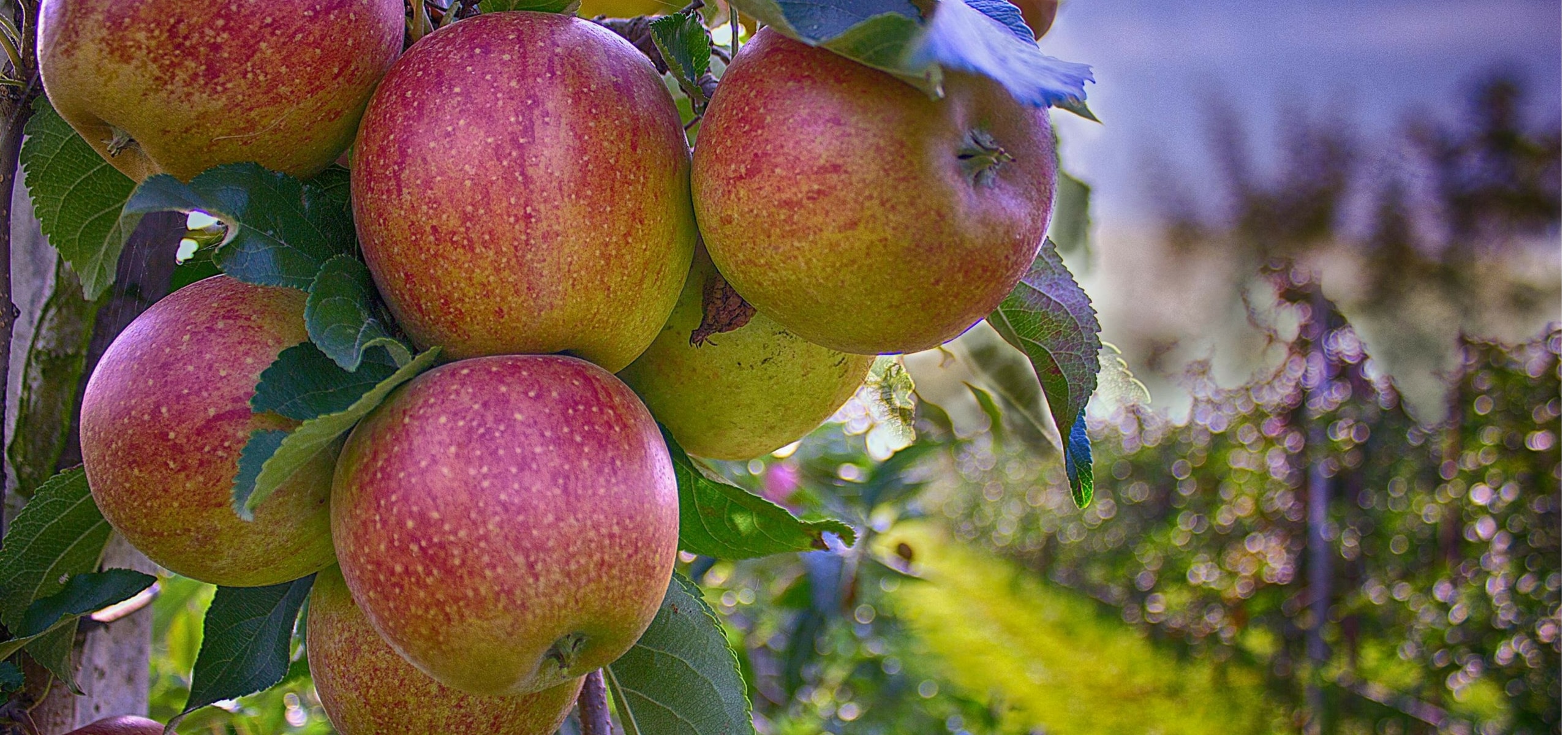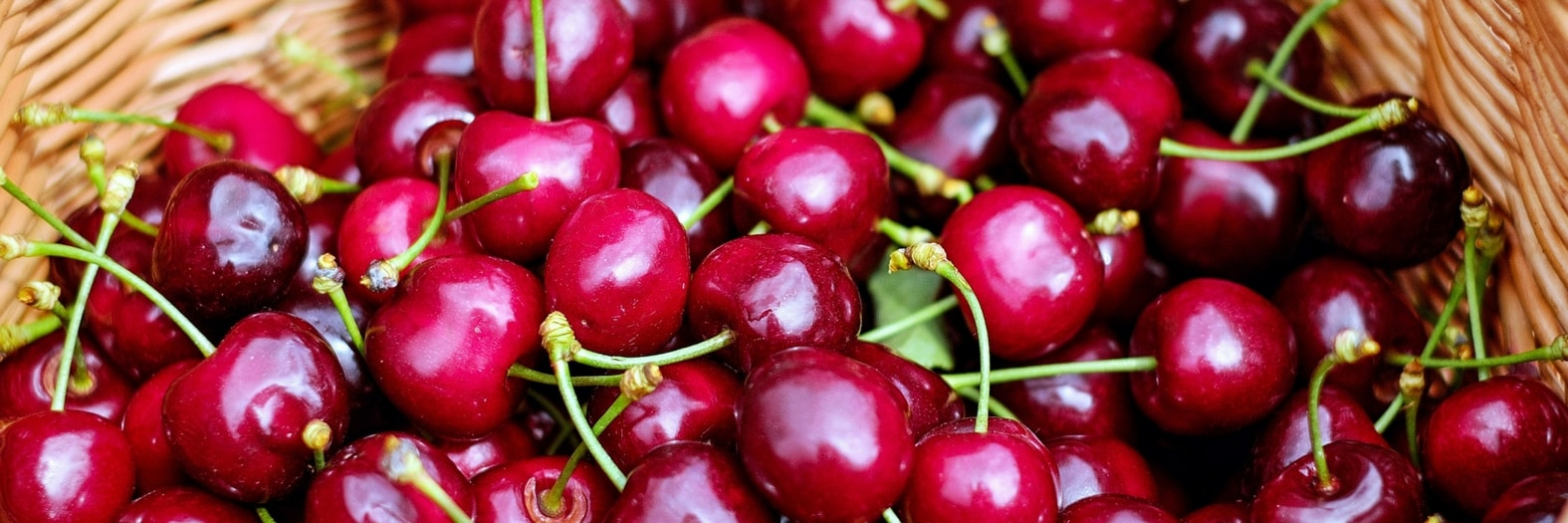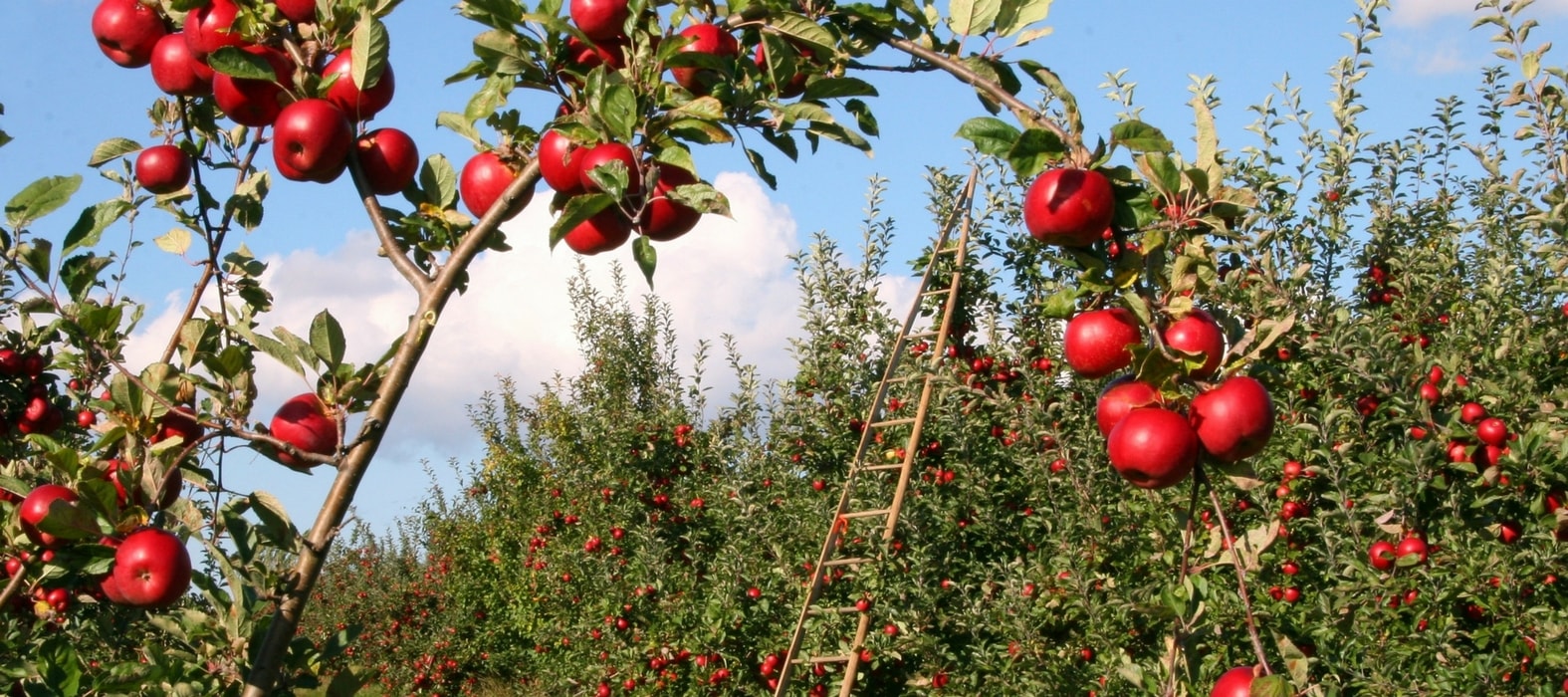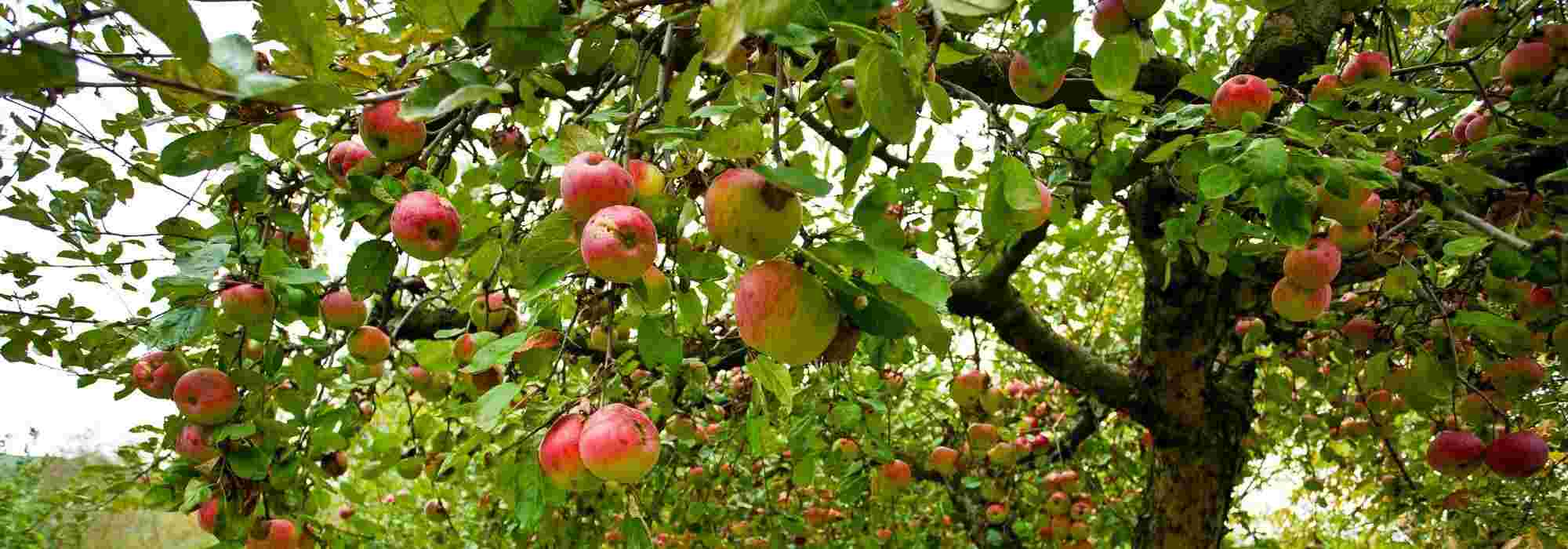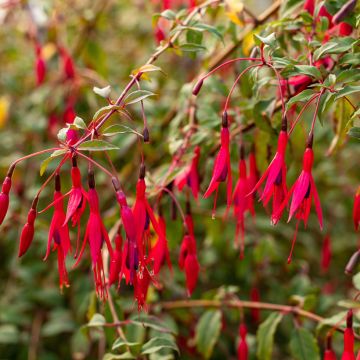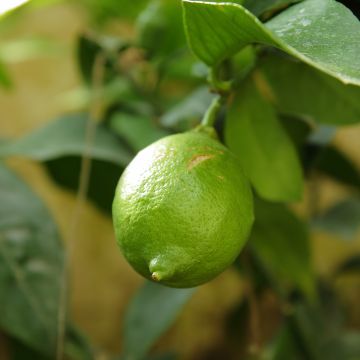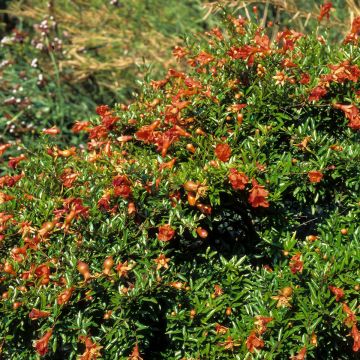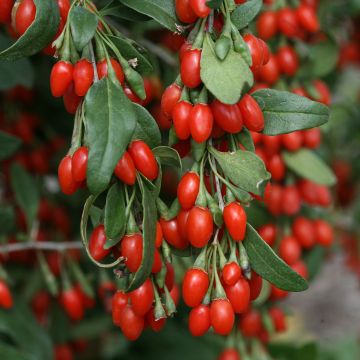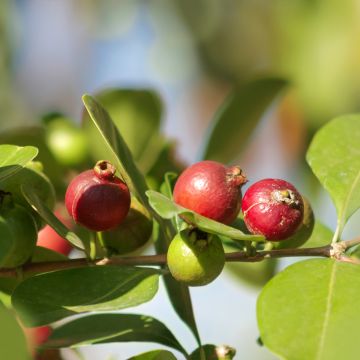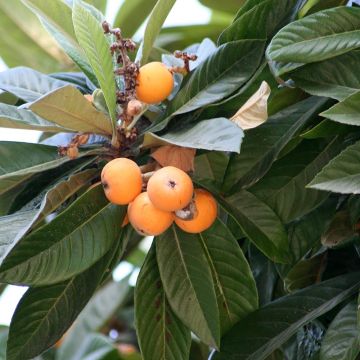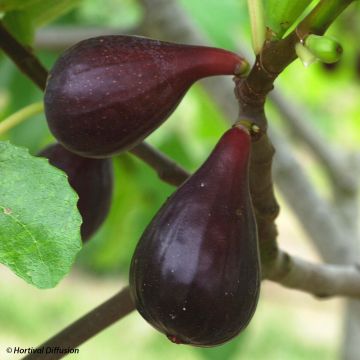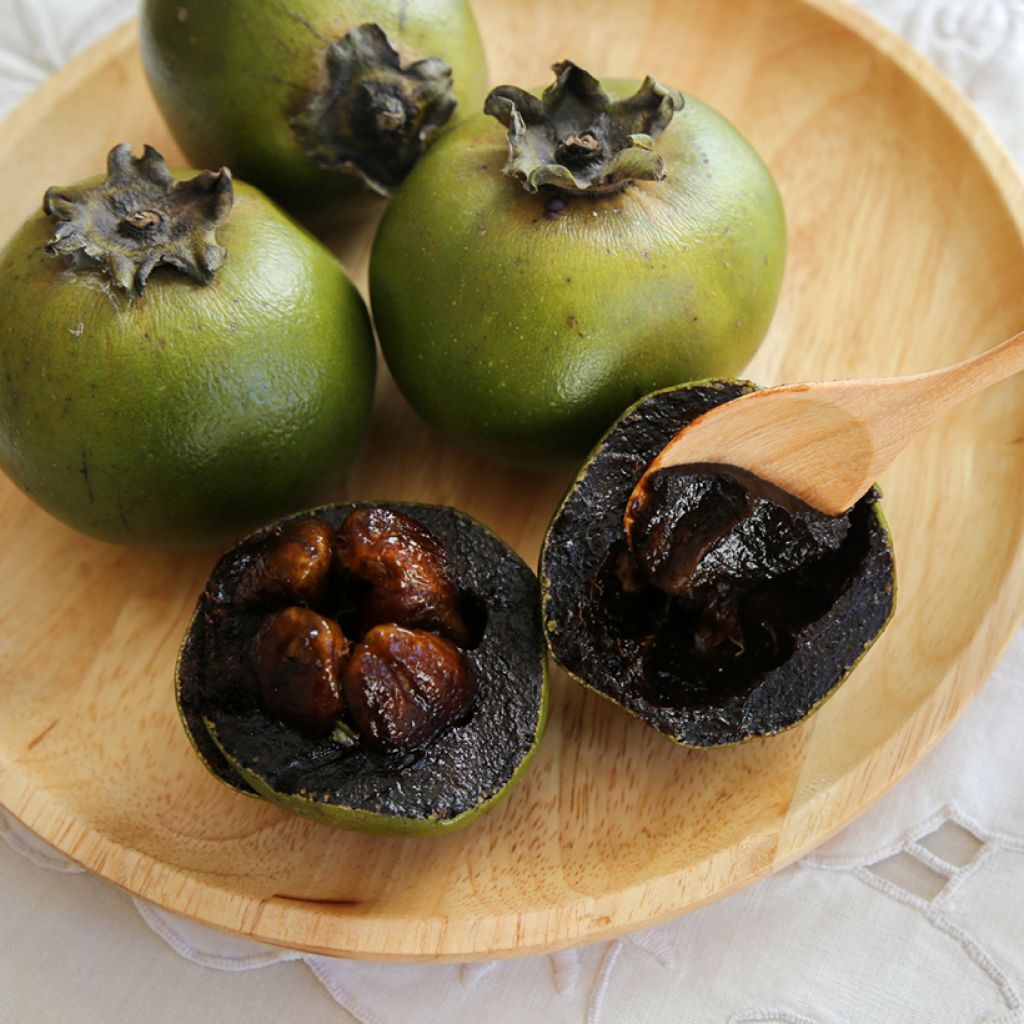

Diospyros digyna - Black sapote
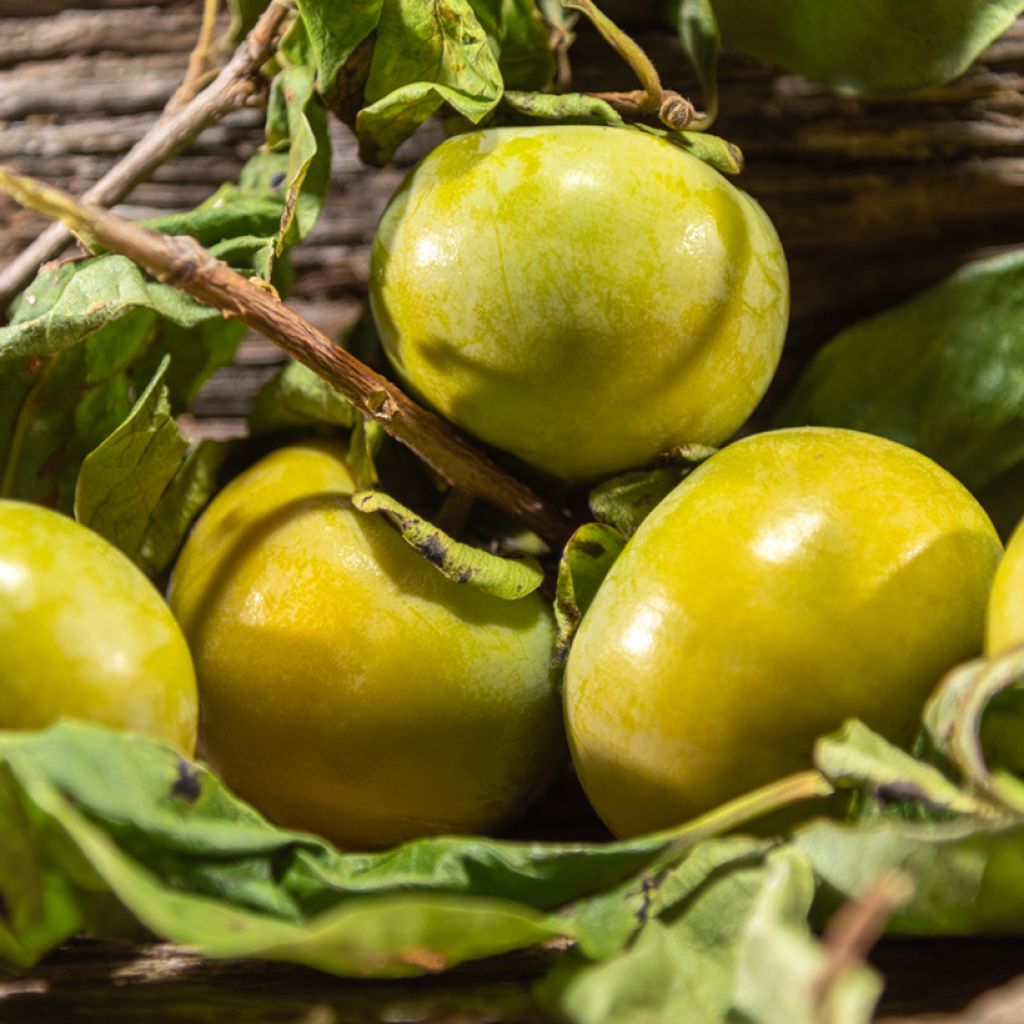

Diospyros digyna - Black sapote
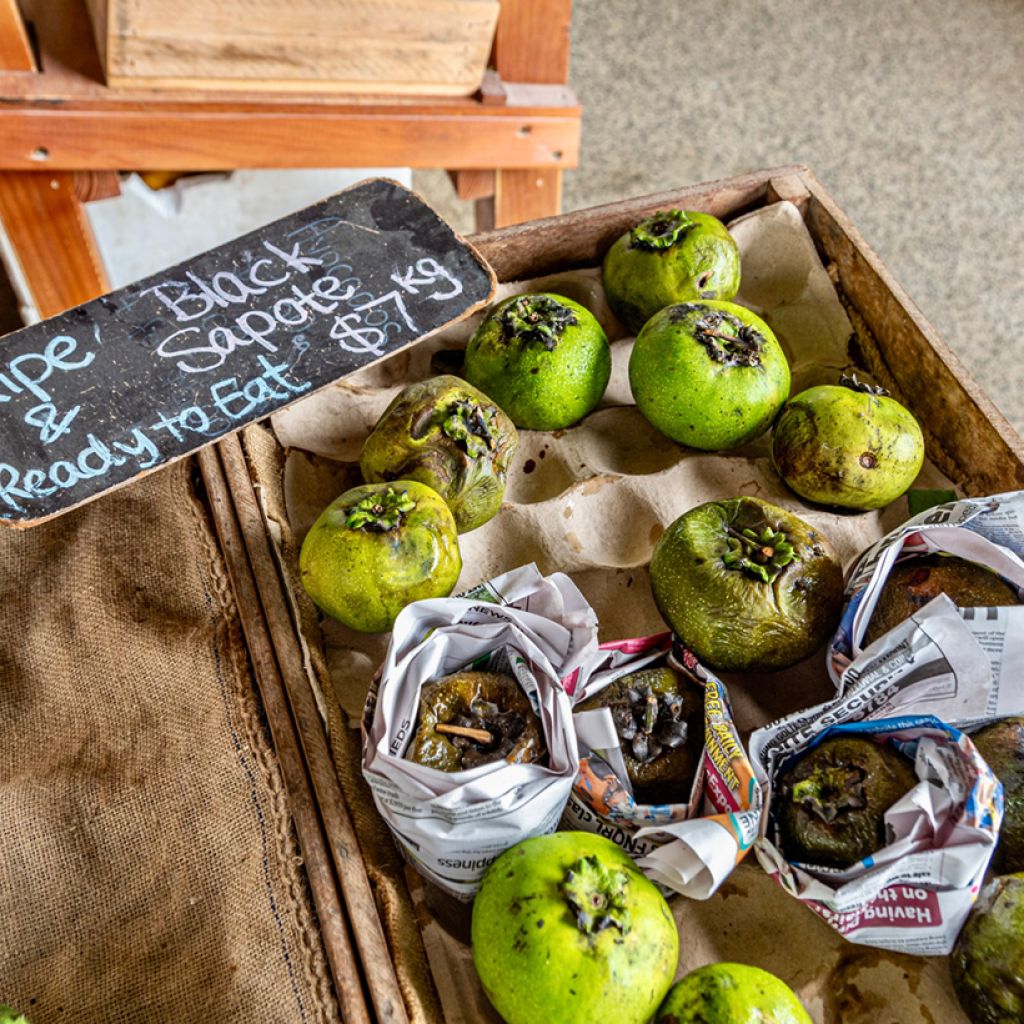

Diospyros digyna - Black sapote
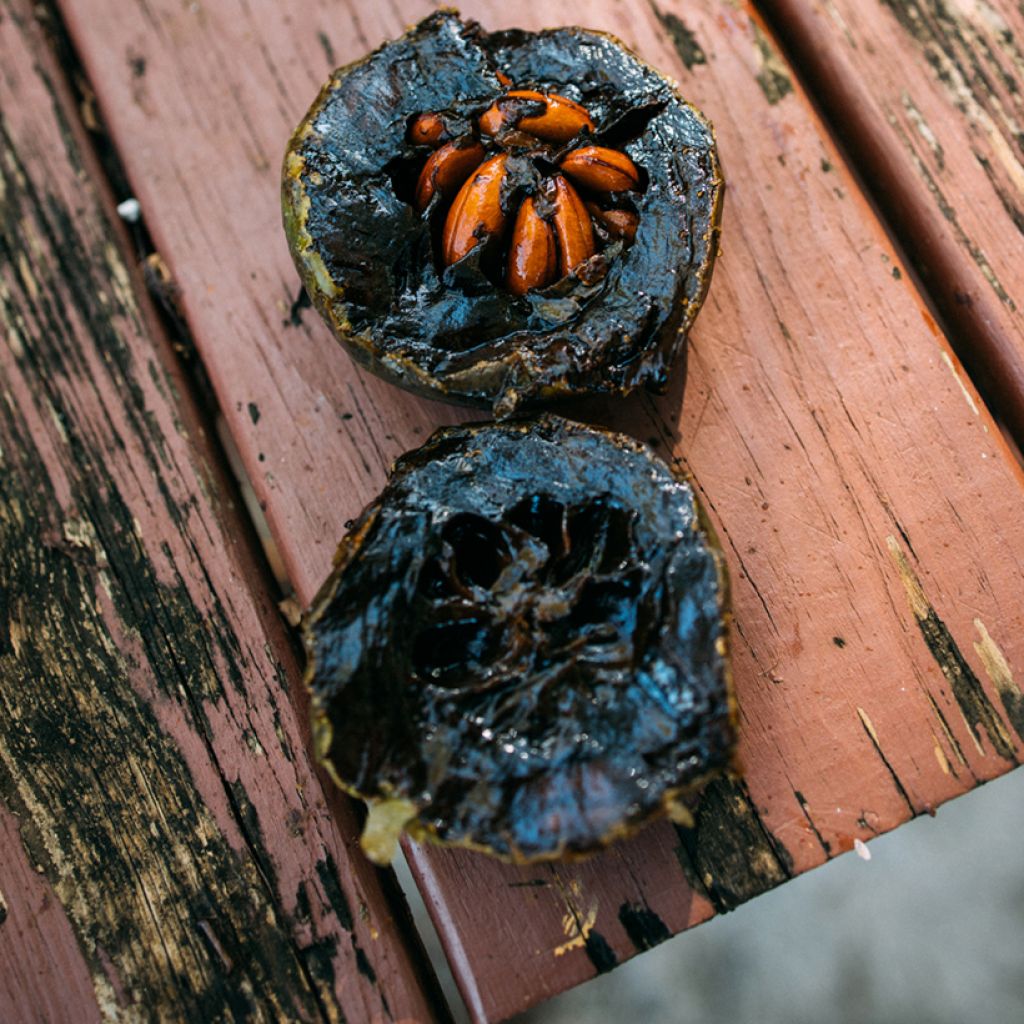

Diospyros digyna - Black sapote
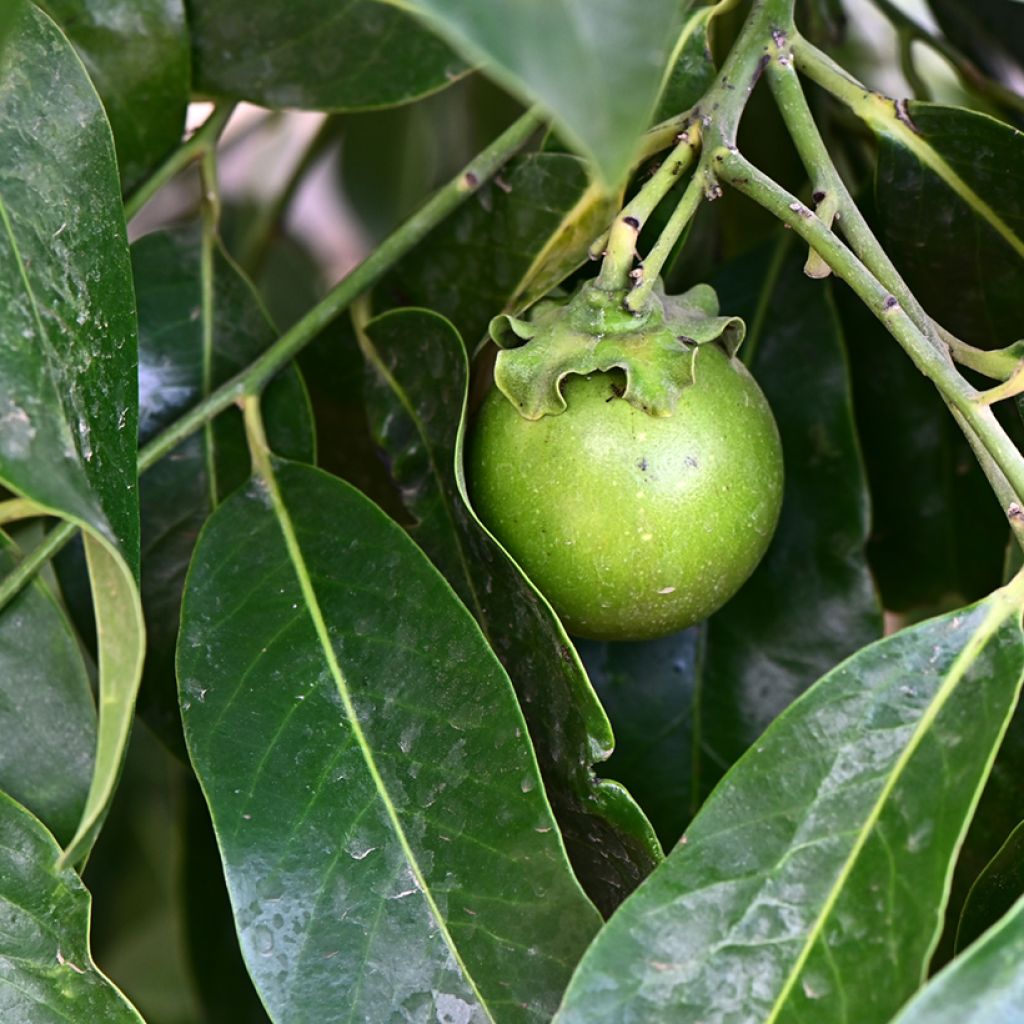

Diospyros digyna - Black sapote
Diospyros digyna - Black sapote
Diospyros digyna
Black persimmon, Black sapote, Chocolate pudding fruit
Special offer!
Receive a €20 voucher for any order over €90 (excluding delivery costs, credit notes, and plastic-free options)!
1- Add your favorite plants to your cart.
2- Once you have reached €90, confirm your order (you can even choose the delivery date!).
3- As soon as your order is shipped, you will receive an email containing your voucher code, valid for 3 months (90 days).
Your voucher is unique and can only be used once, for any order with a minimum value of €20, excluding delivery costs.
Can be combined with other current offers, non-divisible and non-refundable.
Why not try an alternative variety in stock?
View all →This plant carries a 6 months recovery warranty
More information
We guarantee the quality of our plants for a full growing cycle, and will replace at our expense any plant that fails to recover under normal climatic and planting conditions.
Description
The Black persimmon, in Latin Diospyros digyna, is an exotic fruit tree known for its astonishing fruits with brown, sweet flesh, called sapotes or persimmon, sometimes compared to chocolate pudding. Native to tropical America, it cannot tolerate cold winters. It is usually grown in pots so it can be moved into a greenhouse or conservatory in autumn. Its fruit, rich in nutrients and with a deliciously sweet taste, will delight lovers of tropical flavours and enthusiasts of unusual crops.
Diospyros digyna, also known as Black Sapote, American Persimmon, Black Kaki, Chocolate Pudding Fruit, or black persimmon in England, belongs to the Ebenaceae family. It is a cousin of the Persimmon. It is sometimes listed under botanical synonyms such as Diospyros nigra, Diospyros ebenaster, or Diospyros membranacea. Native to Mexico and Central America, particularly Guatemala and Belize, it has naturalised and is cultivated in several tropical regions worldwide, including Colombia and some overseas territories like Réunion. In its natural habitat, it grows in humid tropical forests, often near watercourses or in areas with rich, well-drained soil.
This species is adapted to tropical and subtropical climates: it prefers temperatures between 20 and 35°C with high ambient humidity. Black Sapote thrives in fertile, well-drained, slightly acidic to neutral soils (pH between 6 and 7). It is sensitive to poorly drained soils and cannot tolerate waterlogging, which can lead to root rot.
Black Sapote is an evergreen tree with an upright habit and a rounded crown. In the wild, it can reach a height of 10 to 25 m, with a trunk up to 45 cm in diameter. When grown in pots, it remains more compact, usually not exceeding 2 to 3 m. Its foliage is dense, composed of large, alternate, oblong, leathery leaves, measuring 10 to 30 cm long and 5 to 10 cm wide. Their surface is smooth and glossy, a light, tender green.
Its small, greenish-white, tubular, and fragrant flowers appear in the leaf axils. They can be hermaphroditic (both male and female) or unisexual (male or female). Male flowers, grouped in small clusters of 3 to 7, have prominent stamens, while female flowers are solitary and feature a persistent green calyx surrounding the ovary. In the northern hemisphere, under glass or in mild climates, flowering occurs mainly in spring and summer. The tree has dark brown to blackish bark, smooth in young specimens, becoming more fissured with age.
Black Sapote is primarily dioecious, meaning male and female flowers grow on separate trees. However, some individuals bear hermaphroditic flowers, allowing self-pollination. It is generally recommended to plant several individuals to encourage cross-pollination for good fruiting. Natural pollinators are mainly insects, particularly bees.
The fruit of Black Sapote is a globular, flattened berry with faint ridges, measuring 5 to 15 cm in diameter. When ripe, its skin, initially green and smooth, turns brown, sometimes slightly wrinkled. The flesh is initially white and astringent and gradually transforms into a sweet, gelatinous, velvety, dark brown to black pulp, reminiscent in texture and flavour of chocolate pudding. Rich in vitamins A and C as well as fibre, this fruit is prized both for its sweet taste and its nutritional properties. Each fruit may contain up to 12 smooth, brown seeds, though some varieties are almost seedless. Unripe fruits are unsuitable for consumption due to their strong astringency, but once fully ripe, they become a sweet, melting delight.
Harvesting: in the northern hemisphere, the fruit is harvested mainly between autumn and winter, typically from November to February. The fruits do not fall when ripe and must be picked by hand when they turn a uniform dark green. At this stage, they are still hard and inedible. Once picked, they require further ripening at room temperature for several days. The fruit is ready to eat when slightly soft and its skin begins to brown. To speed up the process, it can be placed in a paper bag with a banana or apple, which release ethylene, promoting ripening.
In the kitchen: traditionally, the ripe fruit flesh is eaten plain, with a spoon, or simply mixed with a little lemon or orange to enhance its flavour. Thanks to its floury, creamy texture, it is often used as a base for desserts such as mousses, creams, ice creams, milkshakes, or cakes. It can also be blended into smoothies, paired with coconut milk or yoghurt for an exotic, gourmet touch.
In some regions, the fruit is made into jam or purée to accompany pies and pastries. Its lack of acidity also makes it an excellent ingredient for dietary recipes, as it is naturally sweet without needing added sugar.
Lastly, though primarily consumed sweet, sapote can also be used in more original preparations, such as sauces to accompany savoury dishes. Some pair it with cocoa or coffee to enhance its deep aromas and create even more indulgent desserts.
Black Sapote is a fascinating tropical tree, valued as much for its ornamental appeal as for its delicious fruits. Although its cultivation is demanding in terms of climate, it can be acclimatised in pots in warm temperate regions with wintering in a greenhouse or conservatory. In Réunion, it is locally known as "caca poule".
Diospyros digyna - Black sapote in pictures
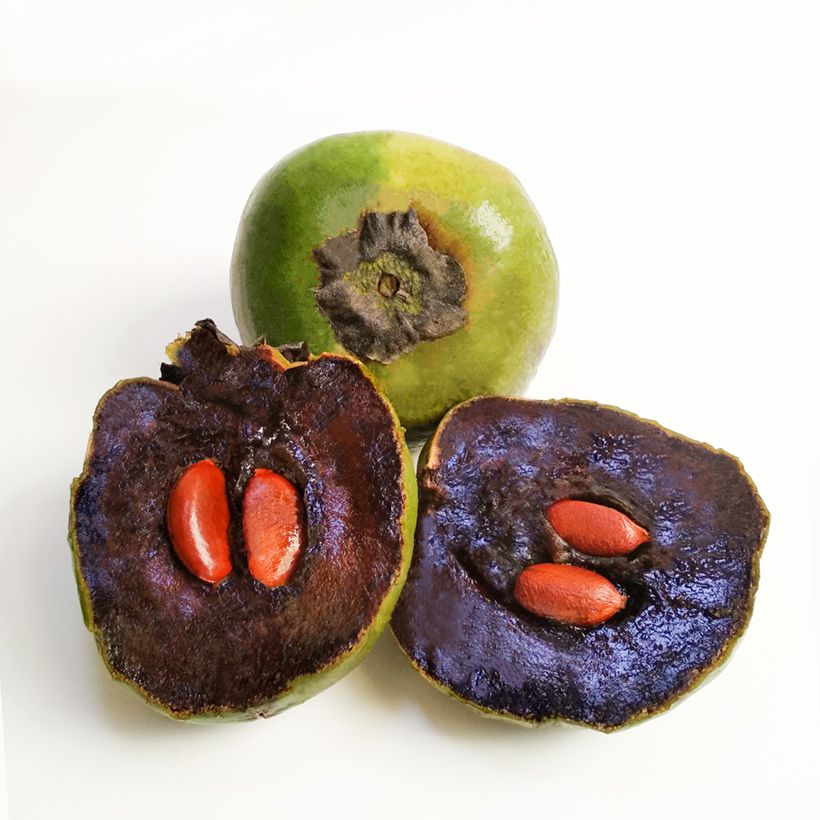

Plant habit
Fruit
Flowering
Foliage
Botanical data
Diospyros
digyna
Ebenaceae
Black persimmon, Black sapote, Chocolate pudding fruit
Diospyros ebenaster, Diospyros membranacea, Diospyros nigra, Diospyros obtusifolia, Diospyros sapota
South America
Other Persimmon trees - Diospyros
View all →Planting and care
Black sapote is a tropical plant that, due to its sensitivity to cold, is grown in pots in our climate. This method allows the tree to be protected by bringing it indoors or into a greenhouse during cold periods.
A large pot or deep container (50 litres) is recommended to provide enough space for the roots, with drainage holes to prevent excess water. The growing medium should be well-draining to avoid root rot; a mix of organic-rich compost, coarse sand, and perlite is ideal.
Black sapote requires a bright position with several hours of direct sunlight per day. Indoors, it should be placed in a conservatory or well-lit room. Water regularly during the growth period (spring and summer), keeping the growing medium slightly moist but allowing the surface to dry between waterings to prevent excess moisture. In winter, reduce watering to minimise the risk of rot. A balanced liquid fertiliser every 4 to 6 weeks during the growing season will support the tree's development and encourage fruiting.
Prune black sapote lightly to maintain a balanced shape while stimulating branching, in late winter or early spring, before growth resumes. It is advisable to remove dead, damaged, or poorly positioned branches and to shorten overly vigorous shoots. Severe pruning should be avoided, as it can weaken the tree and reduce fruit production.
Planting period
Intended location
Care
Planting & care advice
This item has not been reviewed yet - be the first to leave a review about it.
Similar products
Haven't found what you were looking for?
Hardiness is the lowest winter temperature a plant can endure without suffering serious damage or even dying. However, hardiness is affected by location (a sheltered area, such as a patio), protection (winter cover) and soil type (hardiness is improved by well-drained soil).

Photo Sharing Terms & Conditions
In order to encourage gardeners to interact and share their experiences, Promesse de fleurs offers various media enabling content to be uploaded onto its Site - in particular via the ‘Photo sharing’ module.
The User agrees to refrain from:
- Posting any content that is illegal, prejudicial, insulting, racist, inciteful to hatred, revisionist, contrary to public decency, that infringes on privacy or on the privacy rights of third parties, in particular the publicity rights of persons and goods, intellectual property rights, or the right to privacy.
- Submitting content on behalf of a third party;
- Impersonate the identity of a third party and/or publish any personal information about a third party;
In general, the User undertakes to refrain from any unethical behaviour.
All Content (in particular text, comments, files, images, photos, videos, creative works, etc.), which may be subject to property or intellectual property rights, image or other private rights, shall remain the property of the User, subject to the limited rights granted by the terms of the licence granted by Promesse de fleurs as stated below. Users are at liberty to publish or not to publish such Content on the Site, notably via the ‘Photo Sharing’ facility, and accept that this Content shall be made public and freely accessible, notably on the Internet.
Users further acknowledge, undertake to have ,and guarantee that they hold all necessary rights and permissions to publish such material on the Site, in particular with regard to the legislation in force pertaining to any privacy, property, intellectual property, image, or contractual rights, or rights of any other nature. By publishing such Content on the Site, Users acknowledge accepting full liability as publishers of the Content within the meaning of the law, and grant Promesse de fleurs, free of charge, an inclusive, worldwide licence for the said Content for the entire duration of its publication, including all reproduction, representation, up/downloading, displaying, performing, transmission, and storage rights.
Users also grant permission for their name to be linked to the Content and accept that this link may not always be made available.
By engaging in posting material, Users consent to their Content becoming automatically accessible on the Internet, in particular on other sites and/or blogs and/or web pages of the Promesse de fleurs site, including in particular social pages and the Promesse de fleurs catalogue.
Users may secure the removal of entrusted content free of charge by issuing a simple request via our contact form.
The flowering period indicated on our website applies to countries and regions located in USDA zone 8 (France, the United Kingdom, Ireland, the Netherlands, etc.)
It will vary according to where you live:
- In zones 9 to 10 (Italy, Spain, Greece, etc.), flowering will occur about 2 to 4 weeks earlier.
- In zones 6 to 7 (Germany, Poland, Slovenia, and lower mountainous regions), flowering will be delayed by 2 to 3 weeks.
- In zone 5 (Central Europe, Scandinavia), blooming will be delayed by 3 to 5 weeks.
In temperate climates, pruning of spring-flowering shrubs (forsythia, spireas, etc.) should be done just after flowering.
Pruning of summer-flowering shrubs (Indian Lilac, Perovskia, etc.) can be done in winter or spring.
In cold regions as well as with frost-sensitive plants, avoid pruning too early when severe frosts may still occur.
The planting period indicated on our website applies to countries and regions located in USDA zone 8 (France, United Kingdom, Ireland, Netherlands).
It will vary according to where you live:
- In Mediterranean zones (Marseille, Madrid, Milan, etc.), autumn and winter are the best planting periods.
- In continental zones (Strasbourg, Munich, Vienna, etc.), delay planting by 2 to 3 weeks in spring and bring it forward by 2 to 4 weeks in autumn.
- In mountainous regions (the Alps, Pyrenees, Carpathians, etc.), it is best to plant in late spring (May-June) or late summer (August-September).
The harvesting period indicated on our website applies to countries and regions in USDA zone 8 (France, England, Ireland, the Netherlands).
In colder areas (Scandinavia, Poland, Austria...) fruit and vegetable harvests are likely to be delayed by 3-4 weeks.
In warmer areas (Italy, Spain, Greece, etc.), harvesting will probably take place earlier, depending on weather conditions.
The sowing periods indicated on our website apply to countries and regions within USDA Zone 8 (France, UK, Ireland, Netherlands).
In colder areas (Scandinavia, Poland, Austria...), delay any outdoor sowing by 3-4 weeks, or sow under glass.
In warmer climes (Italy, Spain, Greece, etc.), bring outdoor sowing forward by a few weeks.
































